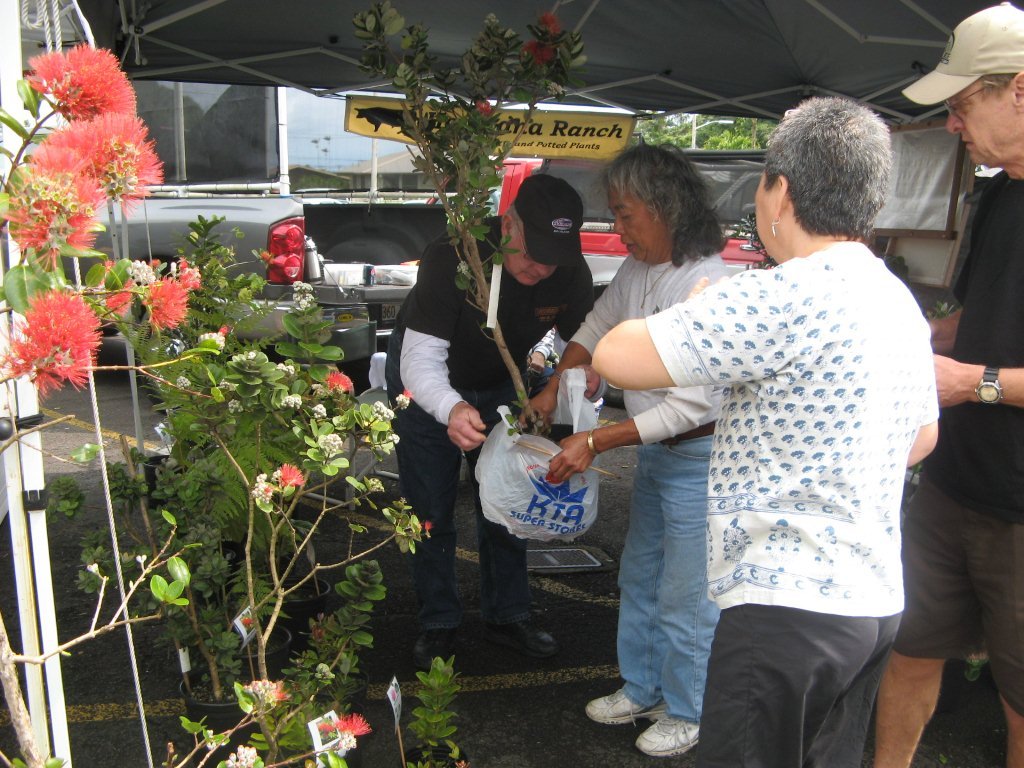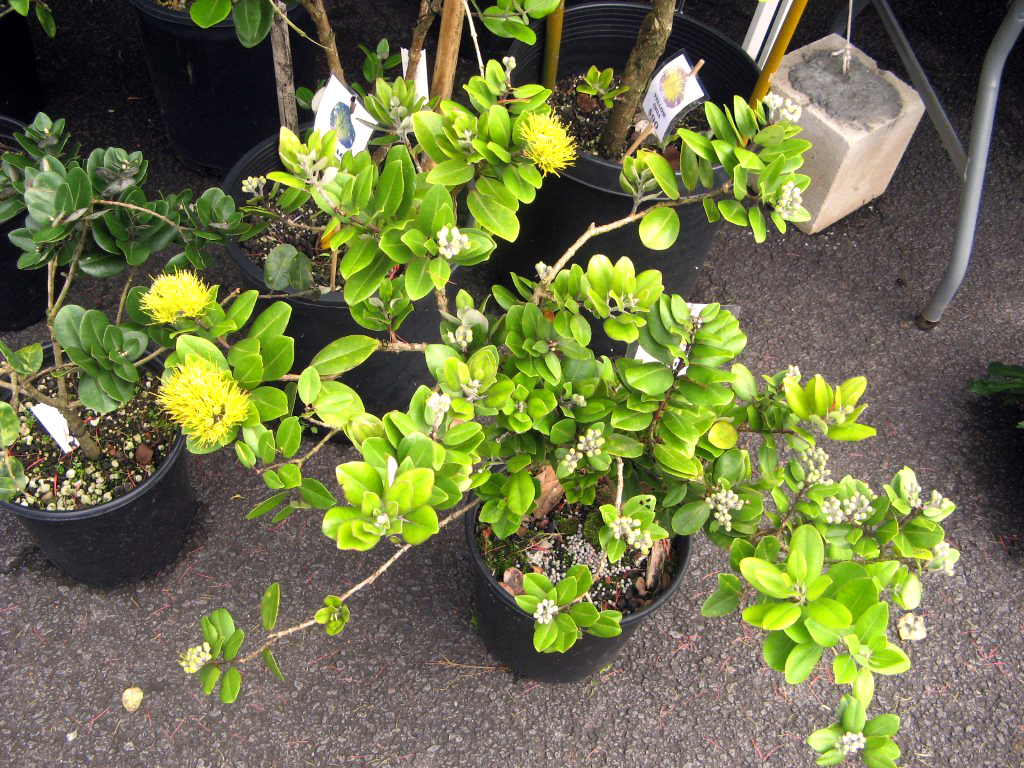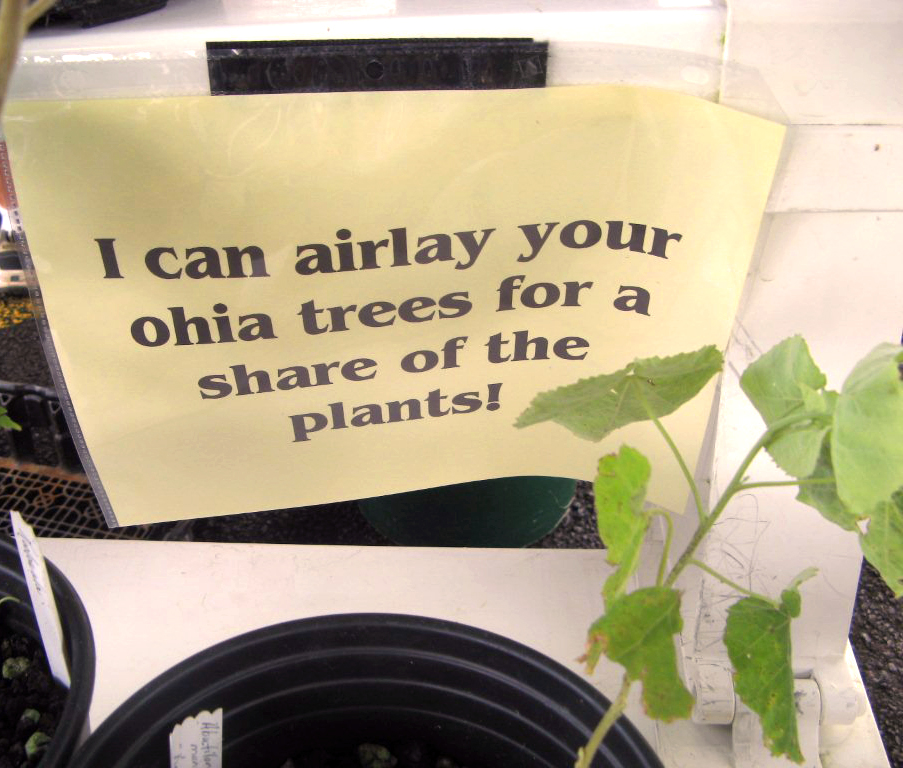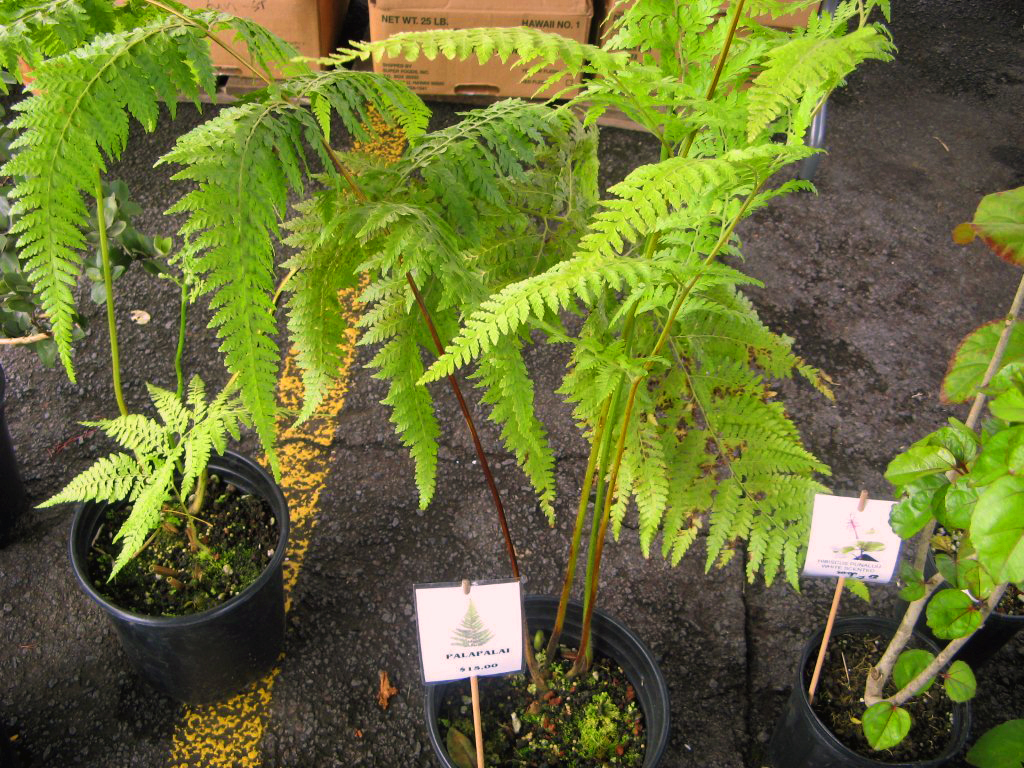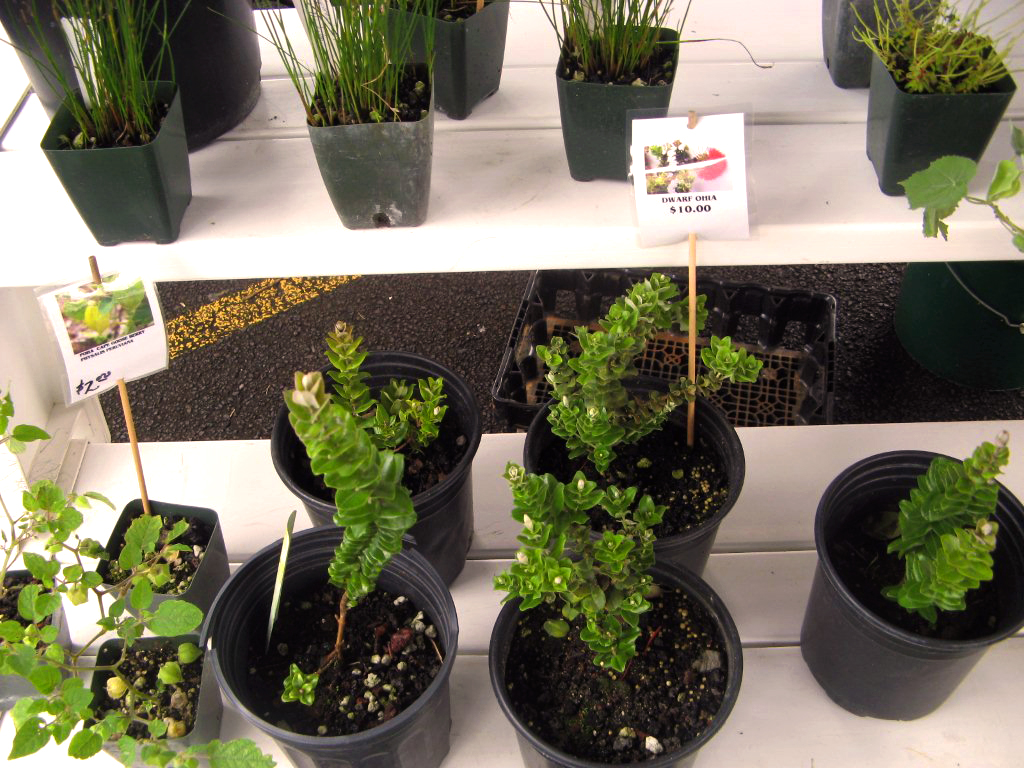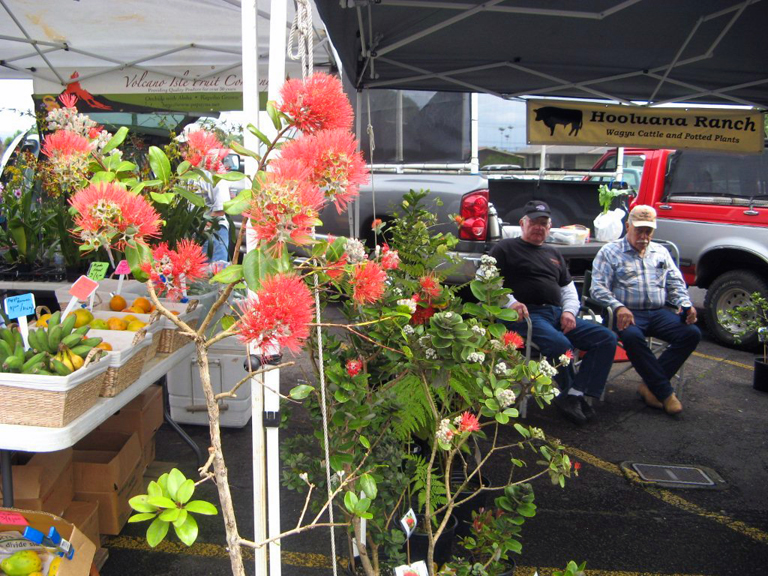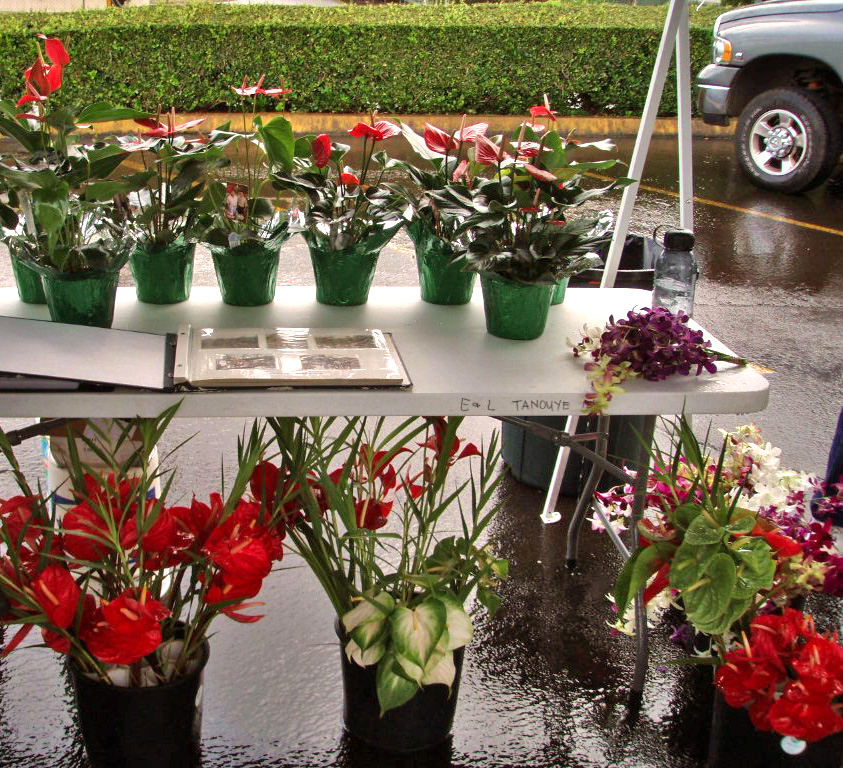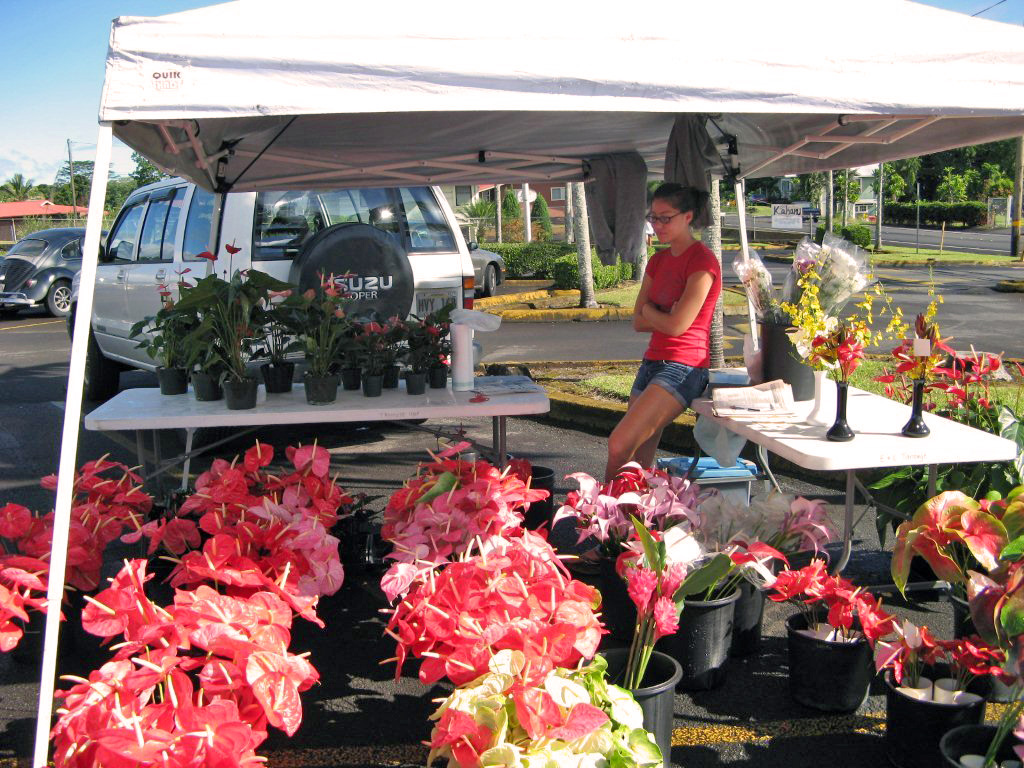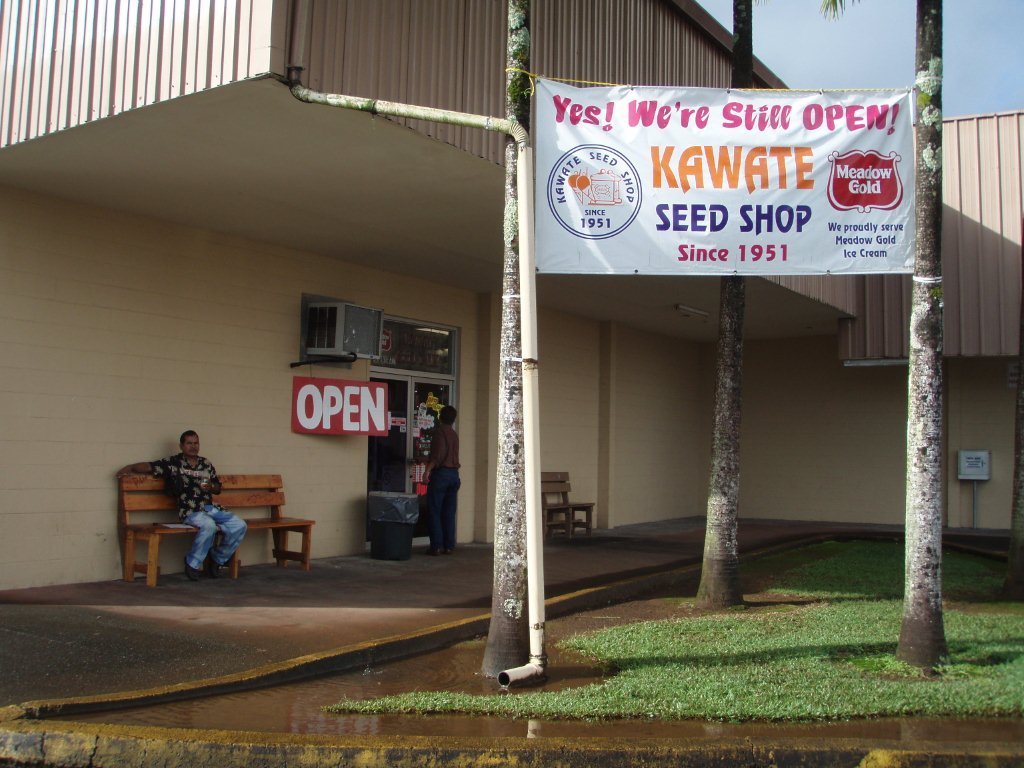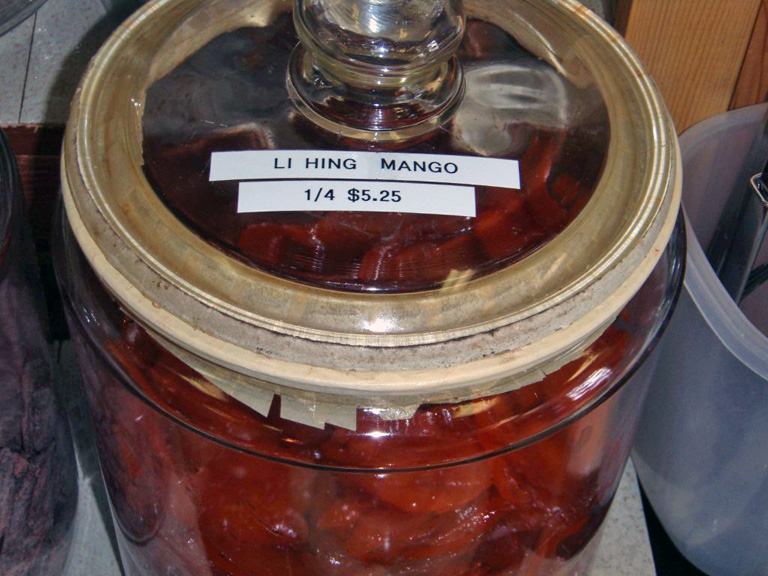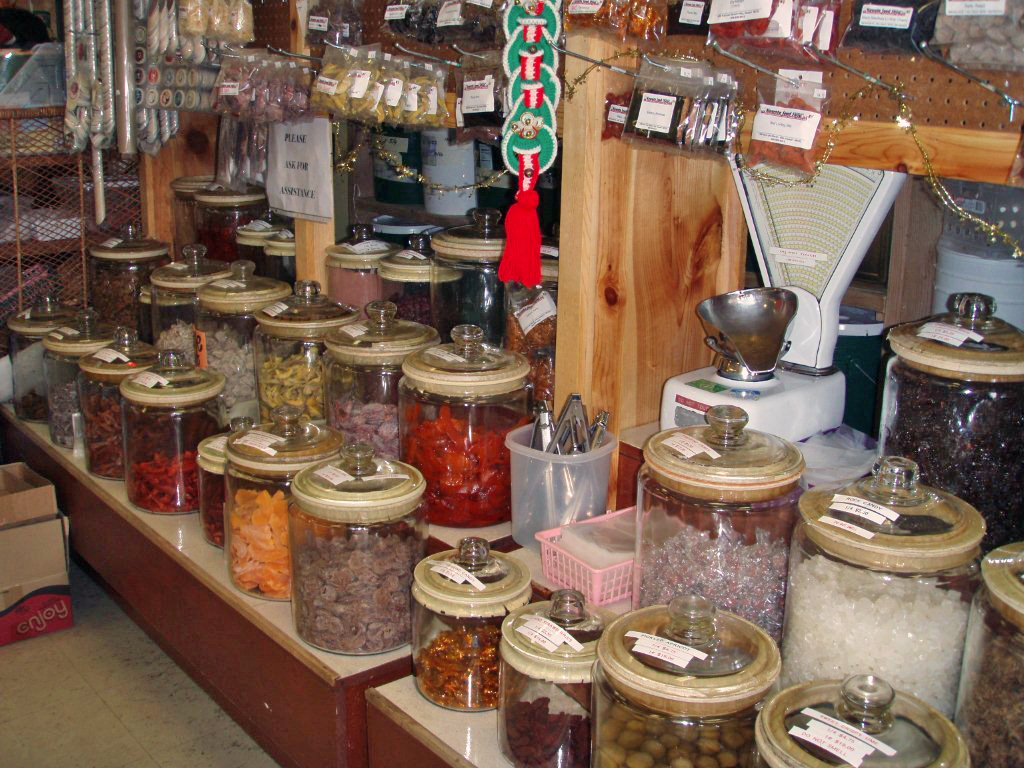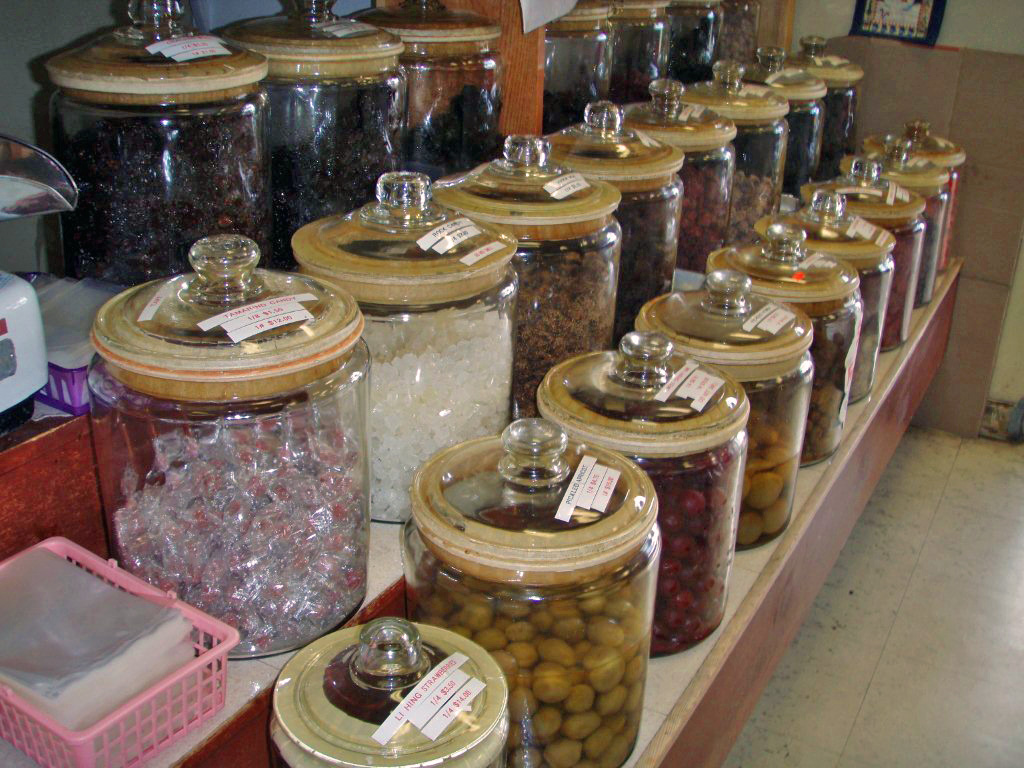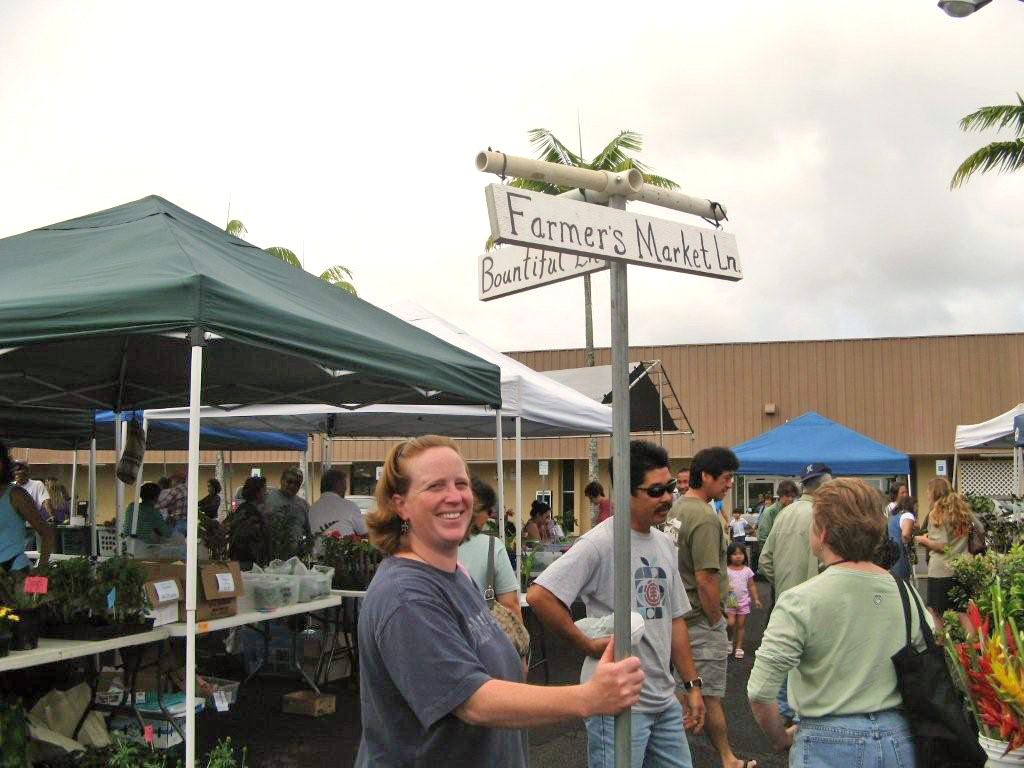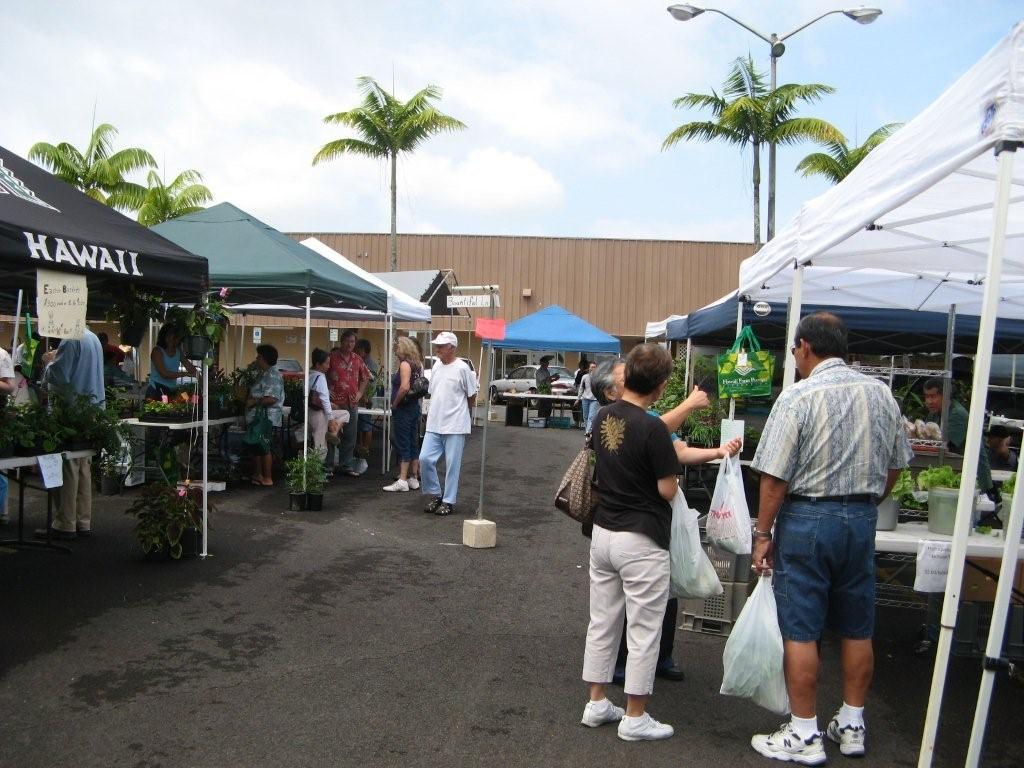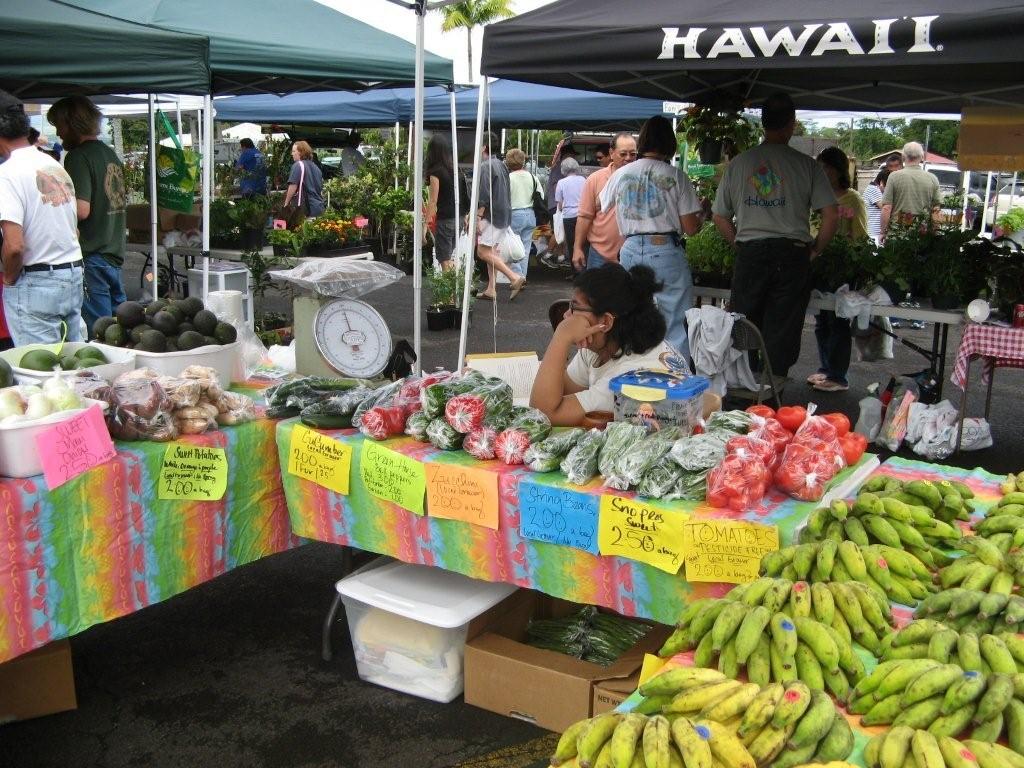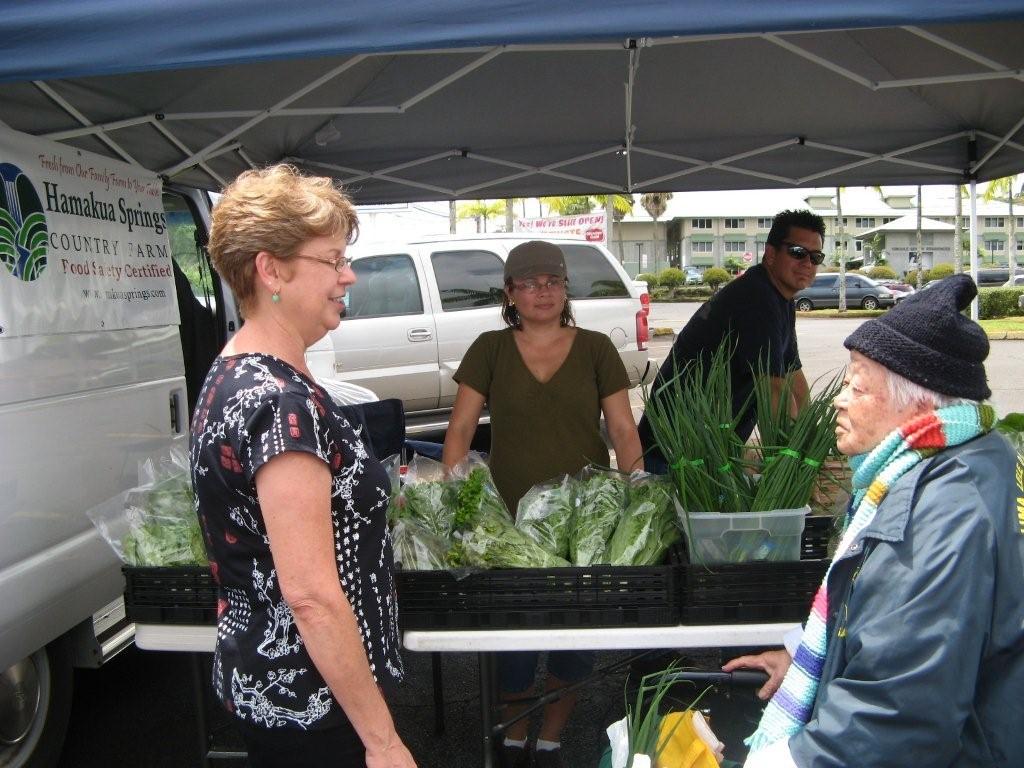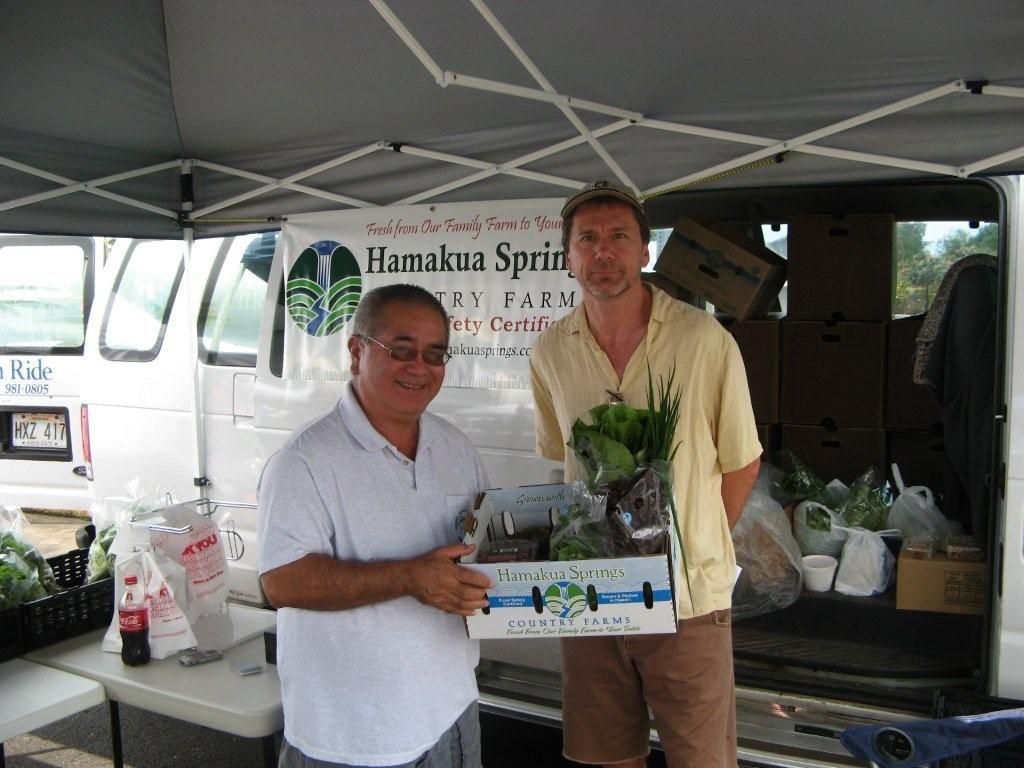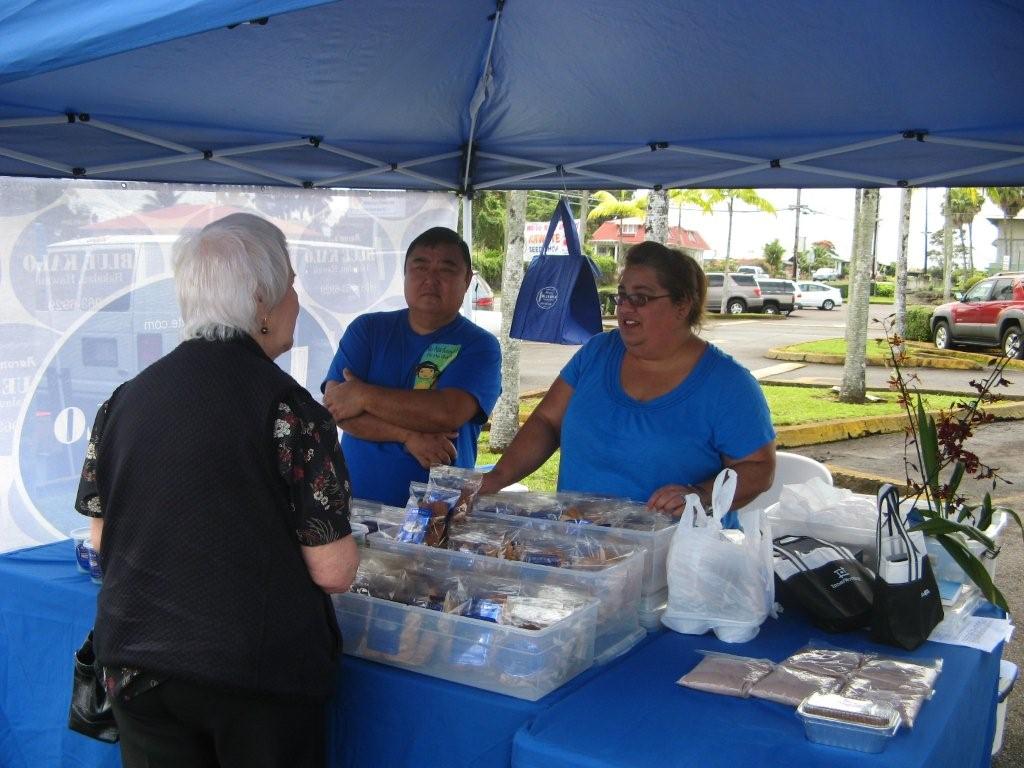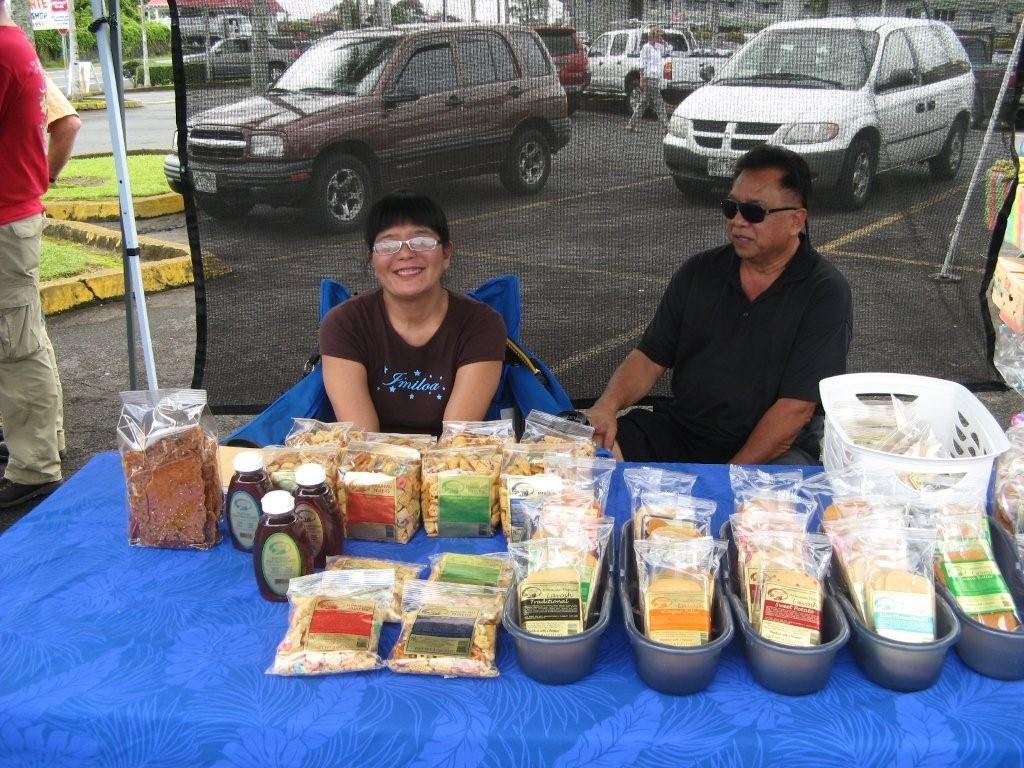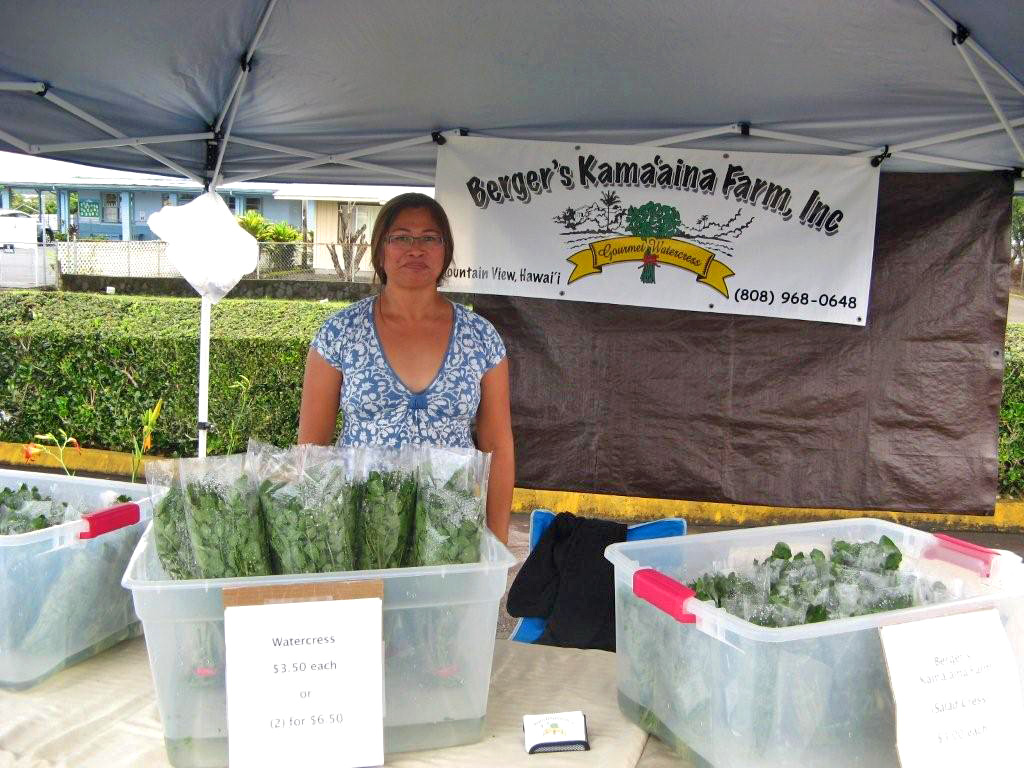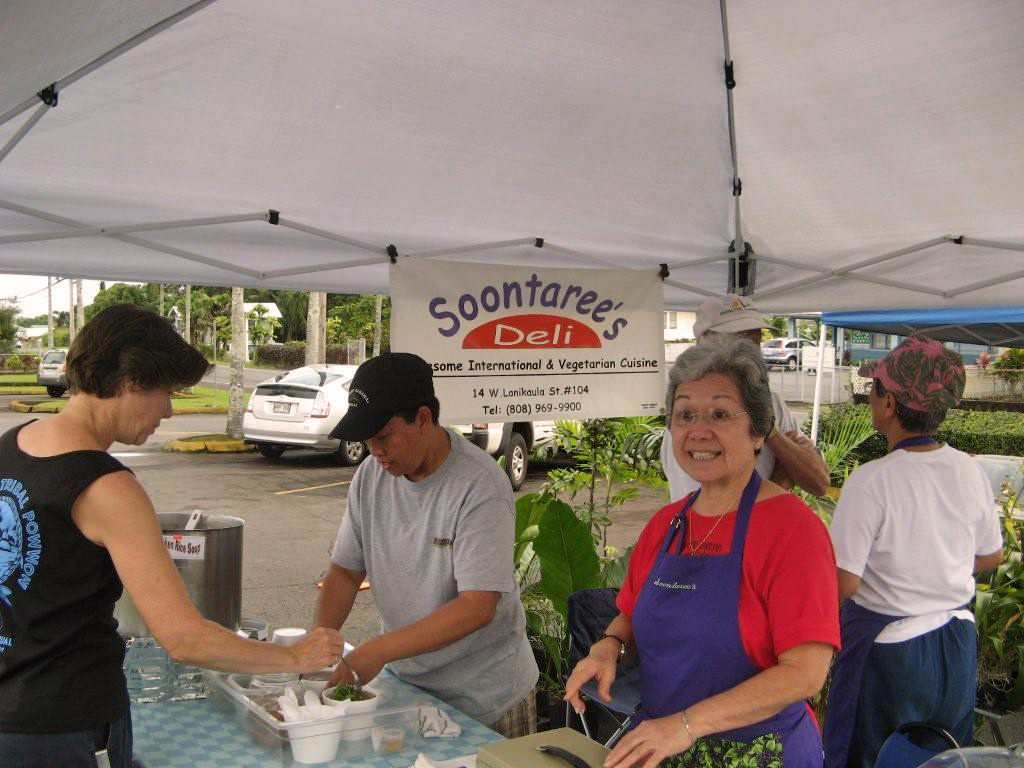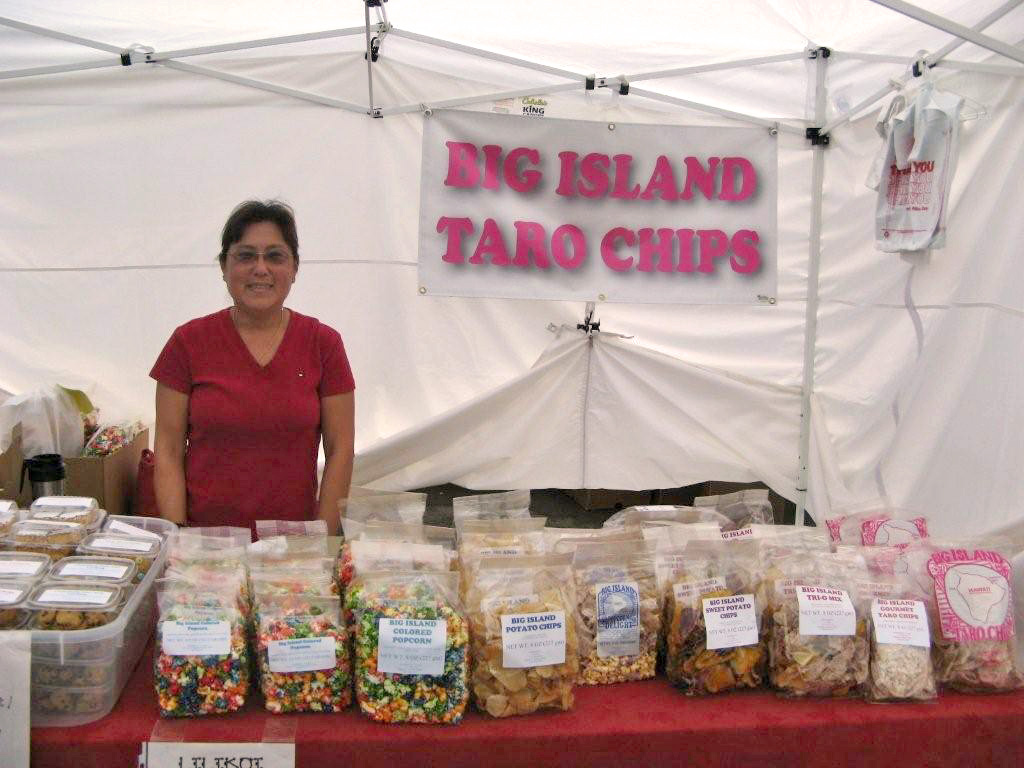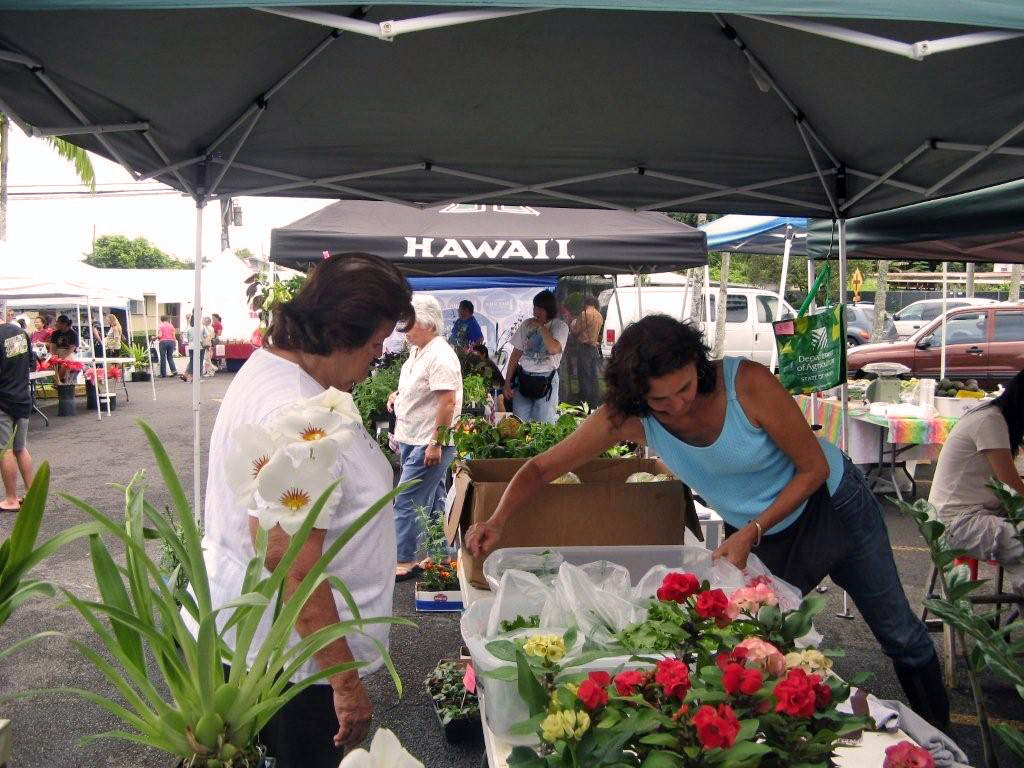Here is a very interesting video that talks about the incredible changes that have taken place in American in only one generation.
It’s called “The Coming Collapse of the Middle Class: Higher Risks, Lower Rewards, and a Shrinking Safety Net,” and it’s a talk by distinguished law scholar Elizabeth Warren, who teaches contract law, bankruptcy, and commercial law at Harvard Law School.
She is an outspoken critic of America’s credit economy, which she has linked to the continuing rise in bankruptcy among the middle-class.
Her talk covers much more than that, though. [Editor Leslie’s note: I just sat and watched that entire one-hour video, practically without blinking. I didn’t have time to, but it is fascinating and I watched it all the way to the end. I highly recommend it.]
Some of her points: In the 1970s, a married couple with two kids had one parent in the workforce and saved 11 percent of their income. To get into the middle class, their kids needed to get a high school diploma and to be willing to work hard. That 12 years of education that their children needed, to get into the middle class, was free.
Warren says that the most important thing that happened in the first two-thirds of the 20th century was that women entered the work force.
In the 2000’s, a similar married couple with two kids must have two people in the work force – because, she says using numbers adjusted for inflation, median mortgage payments in 2005 are 76 percent higher than they were in 1970. Health insurance – in a healthy family with employee-sponsored health insurance – costs the family 74 percent more. Childcare costs have increased 100 percent, and as compared to the 1970s family a 2000s family has the expense of a second car because of that second person in the workforce, and because of that second income their tax rate is up by 25 percent.
In comparable dollars, the 2005 family is actually spending much less on clothes, food, appliances and cars than the 1970s family did; it’s the non-flexible, big ticket and important expenses that have increased so dramatically and that require that second income.
So a comparable married couple with two kids in 2005 has no savings (compared to the 1970s couple, who saved 11 percent of their earnings), and 15 percent of their income is in credit card debt as they try to keep up.
To launch their kids into the middle class requires 16 years of schooling, and the 2005 family has to pay for the first two years (preschool) and the last four years (college) themselves.
She also discusses how, compared to the 1970s, hospitals now send people home “quicker and sicker” (their phrase, she says) in order to control costs, and the family is shown how to and expected to care for, say, a post-surgery patient themselves. Which generally requires someone taking time off work.
And there is so much more on that video. It is a real eye-opener.
So today’s middle class is under terrific debt pressure. I think the effect is called a lower marginal propensity to consume. They get too many bills!
How is this related to the economy in general?
Gail Tverberg writes that a multiplicity of debt rests on a small base personal income. She writes: “It looks to me as though we are due for a debt unwind, and with it a rapid decline in the U.S. standard of living. Exactly what form it will take, and what the timing will be (for example, sudden one month from now or sudden three years from now, or gradual over a longer period), isn’t certain. I would expect that many (or most) other economies in the world will be dragged along in this debt unwind and will experience a decline in their standards of living.”
If Elizabeth Warren and Gail Tverberg are right, then it appears that an external shock to personal income would cause a ripple effect throughout the economy. Could this latest shock have been caused by the demand of a growing population pushing up against a finite resource, such as oil?
If so, we are facing an economic future of highs and lows where the lows become increasingly deeper and longer. We cannot afford to wait; we need to pay attention to the basics – food and energy!
We need to plan for the worse and hope for the best. We must utilize every advantage available to us as we transition away from imported energy.
It is not about us anymore – now it is about future generations.
We’ve been hearing that the American consumer is under pressure and that our economic system is a house of cards. Will Peak Oil come to be the straw that broke the camels back? Because of the resources we have available to us, I think that we in Hawai‘i have a very good future if we focus our attention on future generations.
There is a reason I am talking about all this right now. Check back here on Monday and I’ll tell you about Part 2.

